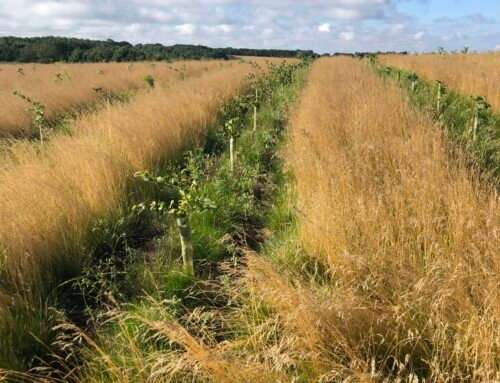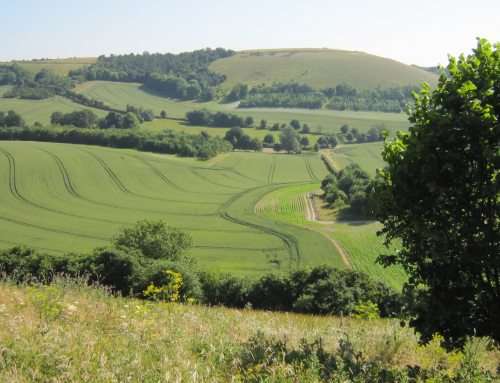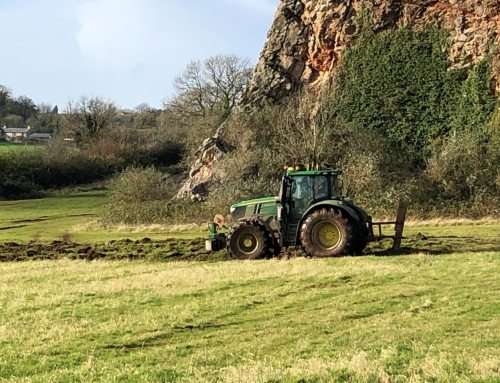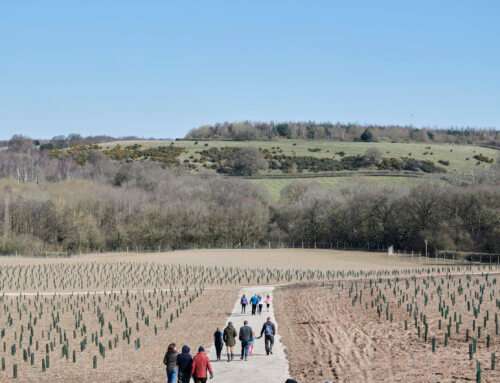Woodland Creation – Avon Wood
Site: Avon Wood, Warwick
Client: David Harding
Departments Involved: Forestry
Overview
David Harding’s vision for a 10.6-hectare woodland in Warwickshire, aligned with the HS2 Woodland Fund, occurred through collaboration with Nicholsons and the approval of the Forestry Commission. The project successfully planted 18,100 trees, creating Avon Wood.
Highlights
- The HS2 grant application was approved by the Forestry Commission.
- Planting of a species-rich woodland was successful.
- Avon Wood is registered onto the Woodland Carbon Code.
Context
David Harding aspired to create a woodland on a 10.6-hectare agricultural field in Warwickshire. The location of the woodland was suitable for the HS2 Woodland Fund and the application was approved by the Forestry Commission. The land is flat and comprises of clayey and sandy loams. The River Avon flows along the south of the site.
The vision was to have 85% woodland cover, with the remaining land as open ground, rides and glades. The primary objectives of the site were timber production and habitat enhancement. Nicholsons collaborated to create a woodland which met the requirements of the Forestry Commission.

Challenges
The woodland had to align with the HS2 Woodland Grant Fund requirements. The Nicholsons soil division collaborated with David Harding to carefully design the woodland. In turn, the grant was approved by the Forestry Commission.
Another challenge was encountered after planting. The tree shelters are a suitable habitat for the creation of anthills, which were observed onsite. As a result of these anthills, the trees become submerged and cannot photosynthesise. Therefore, Nicholsons organised the beat-up to replace failures across the site.


Nicholsons Involvement
Nicholsons designed the layout of the woodland, intending to establish 18,100 trees in straight rows of planting. Species included a matrix of oak, lime, hornbeam and beech, along with rows of pioneer tree species. Shrubs were situated along ride edges. A wet woodland compartment was planted along the river’s edge, across the southern boundary of the site. Wet woodland trees included crack willow, white willow, oak and birch. Nicholsons organised and monitored the woodland planting, weeding, mowing and beat-up to grow a successful woodland.
Nicholsons registered Avon Wood onto the Woodland Carbon Code. Through a comprehensive calculation, it is predicted that the woodland will sequester 2578 tonnes of carbon in the first 75 years (after the subtraction of emissions from establishment). The woodland’s growth will be monitored regularly to confirm creation and predictions.
Outcomes
Avon Wood is a beautiful woodland where trees thrive. This species-rich woodland contains 23 tree species, along with 7 shrubs. Attaining a suitable habitat for a variety of birds, invertebrates and mammals. The diversity of species also makes the woodland more resilient to climate change and disease.






